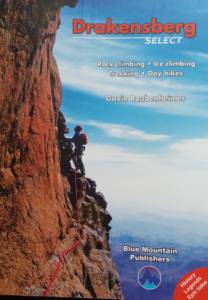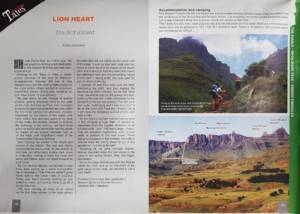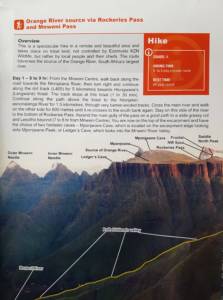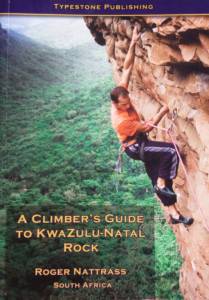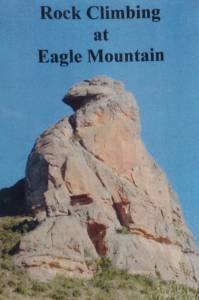Expert Witness
Gavin Raubenheimer, in his capacity as an MDT Mountaineering Instructor, Mountaineering Guide and convener of Mountain Rescue in Kwa Zulu Natal has been called as an expert witness to investigate and report on several accidents:
September 2000
Death of a female in abseiling accident in the Blyde Canyon/ Swadini area. A report was written for Mpumalanga Parks Board.
August 2010
A zipline accident in East London during an adventure race, which resulted in serious injury. Expert witness in High Court, Graham’s Town.
March 2014
Death of gorge swing employee at Wild 5 Adventures, Oribi Gorge, Kwa-Zulu Natal. Report written for Wild 5 Adventures to be reopened by the Dept of Labour.
March 2014
A minor injury to a professional tree climber at Komatiland Forests Mpumalanga. Review of internal report.
May 2016
Expert witness and report of the accessibility of steep terrain, which resulted in the spread of a plantation fire. Litigation between forestry companies.
November 2017
Report and expert witness opinion on serious accident and litigation at Arendsnes zipline accident.
